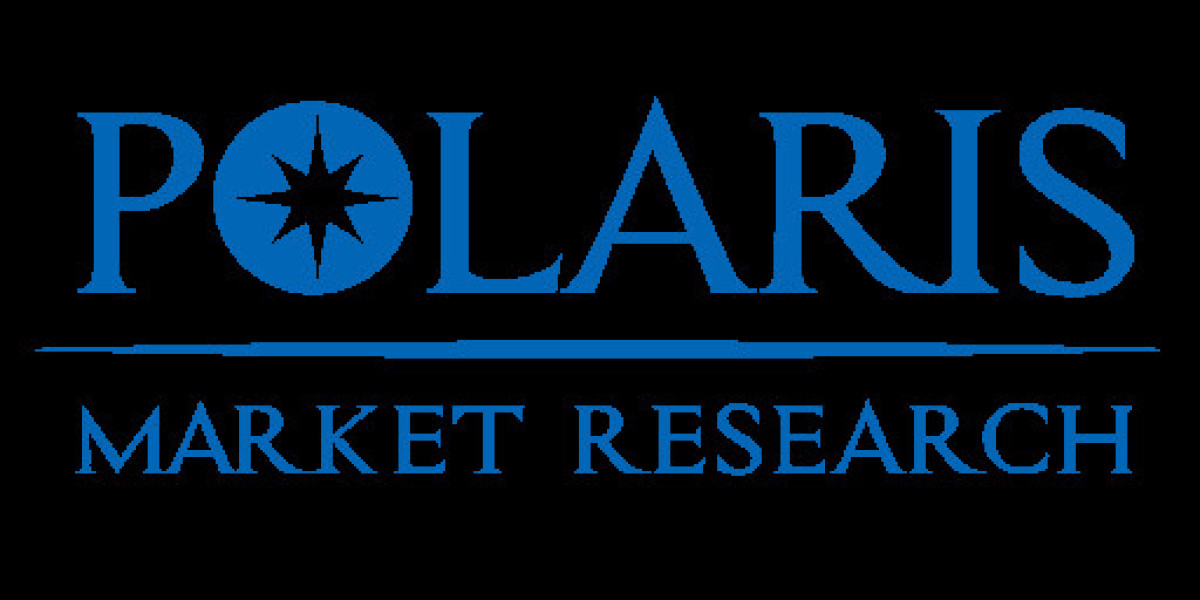The global silicone market was valued at approximately USD 22.67 billion in 2024 and is projected to expand at a compound annual growth rate (CAGR) of about 6.15% from 2025 through 2034. This expansion underscores the increasing strategic importance of silicones across geographic regions, particularly as regional manufacturing trends accelerate in North America, Europe and Asia Pacific. In North America the market is supported by the mature automotive and aerospace supply-base, strong regulatory frameworks for materials performance and established cross-border supply chains with Mexico and Canada. In Europe the interplay of sustainability regulation and infrastructure renewal programmes has strengthened demand for silicone-based sealants, coatings and insulation systems. In the Asia Pacific region rapid industrialisation, urbanisation and expanding electronics manufacturing hubs in China, India and Southeast Asia have contributed to robust growth in silicone demand, and this region is emerging as a pivotal manufacturing platform for global supply networks.
In North America the driver of demand is facilitated by high performance requirements for silicones in electric vehicle (EV) systems, renewable-energy installations and advanced HVAC applications. Regional manufacturing trends show that domestic resin and fluid production is increasingly integrated with site-specific development of silicone elastomers in the U.S., thereby strengthening supply-chain resilience. Meanwhile trade-specific factors such as tariffs on Chinese chemical imports and reshoring of silicone intermediates are influencing how multinationals manage their cross-border supply chains. In Europe the restraint of raw-material price volatility is partly moderated by tighter regional regulations on volatile organic compounds (VOCs) and polymer use, increasing demand for high-performance silicone alternatives. Market penetration strategies in Europe are also shifting toward premium silicone-based solutions in green construction and façade systems. Asia Pacific presents an opportunity-rich environment, with value chain optimisation playing a key role: local production of silicone fluids and elastomers is becoming cost-effective due to lower labour and operating costs, and aggressive expansion of electronics, personal-care and infrastructure fabrication is catalysing growth.
Drivers for the global silicone market across regions include increased demand in end-use application sectors such as automotive (including EVs), electronics & semiconductors, construction and personal care. For example, the adoption of silicone-based encapsulants and coatings in electronics manufacturing in Asia Pacific underscores application-specific growth and is compounded by the region’s rapid urbanisation and technology manufacturing clusters. Another driver is the push for more sustainable chemical platforms, where silicones are favoured for their weather-resistance, durability and performance stability. Restraints include the dependency on volatile raw materials such as chlorosilanes and the intensifying price competition among global suppliers, which can undermine margin stability. Furthermore, in regions with slower infrastructure investment (e.g., parts of Eastern Europe) market growth may lag, dampening the global aggregate.
Read More @ https://www.polarismarketresearch.com/industry-analysis/silicone-market
Opportunities lie in regional manufacturing footprint expansion: multinational silicone producers are establishing new plants in Asia Pacific and Latin America to cater to local demand while reducing logistics cost and lead-times. The ongoing shift in cross-border supply chains toward near-shoring of critical silicone intermediates offers manufacturers a chance to secure long-term competitiveness. In Europe, further opportunities exist in retro-fitting older buildings with silicone-based façades and sealants under national policy impact programmes aimed at improving energy efficiency. Trends also include consolidation of global supply chains, increased vertical integration by major players, and rising adoption of digitally-driven production platforms that boost yield and cut waste — all part of the broader thematic of value chain optimisation.
In conclusion, the regional dimension of the global silicone market emphasises that growth is not uniform: North America offers stability and higher end-use sophistication, Europe presents moderate growth with regulatory complexity, and Asia Pacific shows the highest growth potential through manufacturing scale-up and application diversification. These regional insights into manufacturing trends, cross-border supply chains and market penetration strategies should enable stakeholders to calibrate investment, production and sourcing decisions accordingly. Competitive landscape in the global silicone market is shaped by strong incumbents, among which:
- Dow Inc.
- Wacker Chemie AG
- Shin-Etsu Chemical Co., Ltd.
- Momentive Performance Materials
- Elkem ASA
More Trending Latest Reports By Polaris Market Research:
India Diagnostic Services Market
Pediatric Palliative Care Market
Automotive Steering System Market
Student Information System Market






